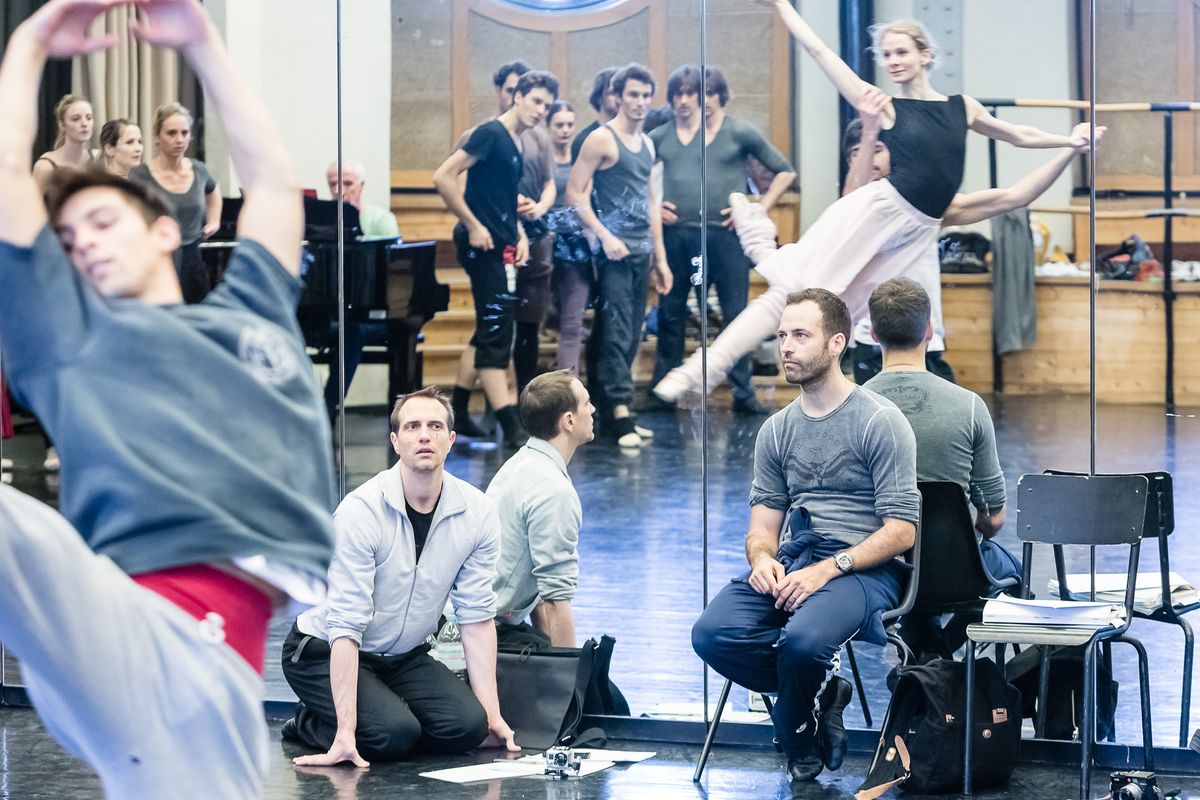Benjamin Millepied's Kickoff Season at the Paris Opéra Ballet
This story originally appeared in the August/September 2015 issue of
Pointe.
Less than a year after taking over the Paris Opéra Ballet, Benjamin Millepied is already making his mark on the venerable company. From the schedule to dancers’ health, the young director has left no stone unturned. As the curtain prepares to rise on his first opening gala in September, the ensemble looks newly energized and ready for the challenge.
The upcoming season, the first that Millepied has programmed, speaks to his own history as a New York City Ballet dancer, with a distinctly American flavor. In addition to company premieres by Balanchine and Robbins, Justin Peck will create a new work (his first European commission) and restage his 2012 In Creases. Giselle, Nureyev’s Romeo and Juliet and La Bayadère are back, but the POB gets a new Nutcracker, divided among five choreographers.
While contemporary choreographers Anne Teresa De Keersmaeker, Jérôme Bel and Maguy Marin also feature, Millepied says his main goal is “to focus on ballet. If you want to be the best at it, you have to do it all year, and get the best ballet choreographers here to create projects specific to us.”
Millepied is also shaking up the company’s infamous Paris hierarchy. Last March, he appointed his first étoile, Laura Hecquet, a tall, stylish ballerina long overlooked; new faces, from Japanese/New Zealander Hannah O’Neill (a rare foreigner) to Héloïse Bourdon and Hugo Marchand, have also filled in for absent principals and shone in leading roles. “I’m looking for ways to fulfill the potential of the company and utilize existing talent all the way,” Millepied says.
The company is set to be challenged in other ways, too: This season sees the creation of an in-house academy for budding dancemakers. William Forsythe will be on hand to mentor them as associate choreographer, and next spring he’ll create his first work for a ballet company in over a decade. There is faint resistance to the change Millepied is bringing, from critics, audience members and dancers, but his can-do attitude commands respect; the next test will be onstage, as the dancers dive into unfamiliar, and more American, repertoire.





